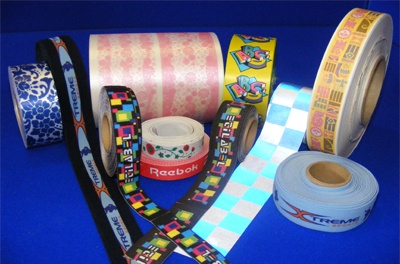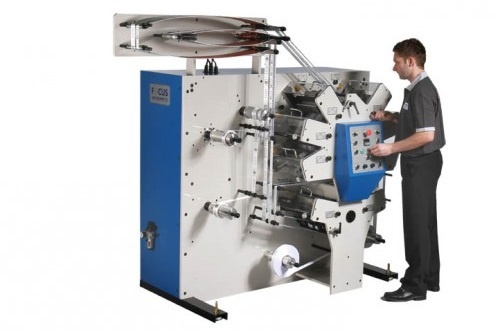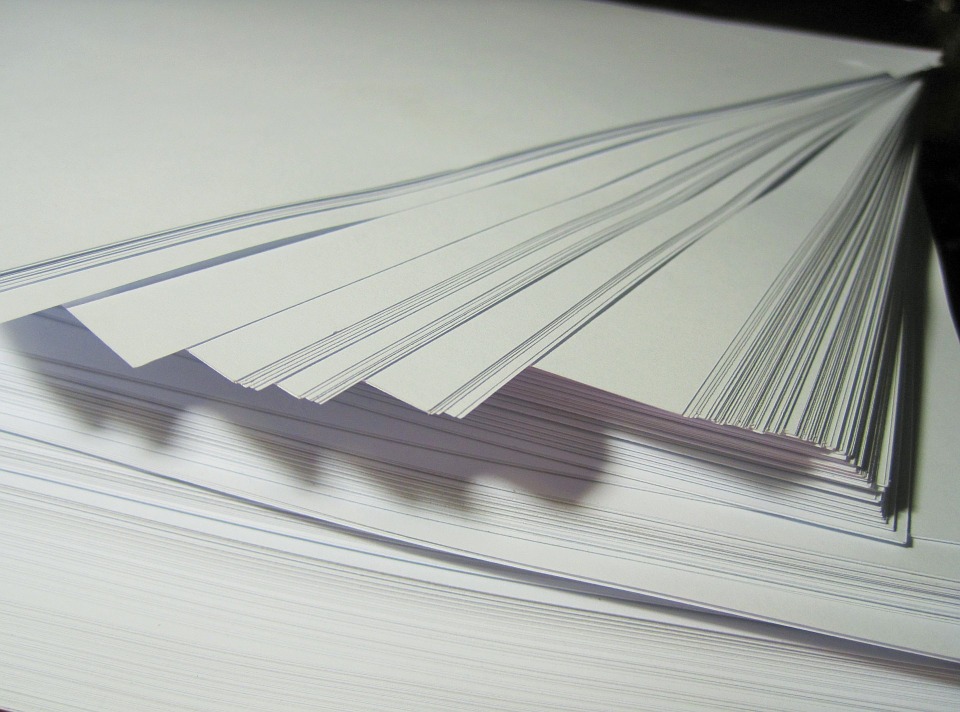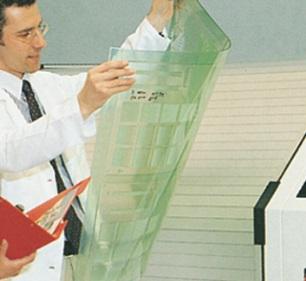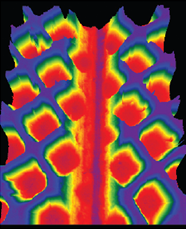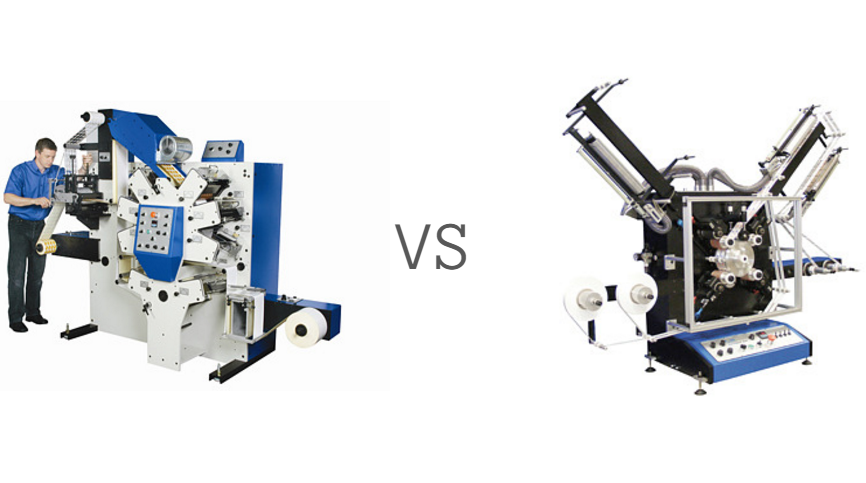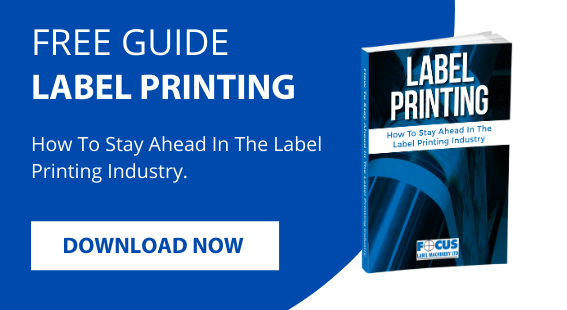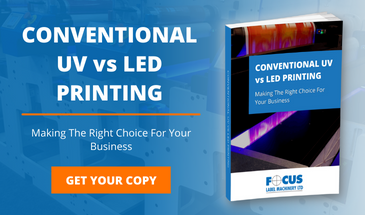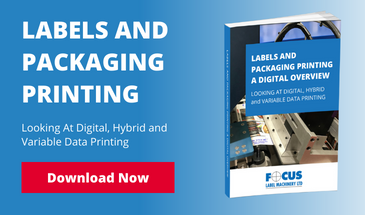Printing on ribbon involves either one or two-sided printing. For wash care labels, this usually depends on how much information needs to be printed on the label . When considering the best method for printing your labels, a combination of understanding the available printing processes and expert information from a printing professional can go a long way to helping you make an informed choice. The Flexographic Printing Process Flexographic printing is a high-speed process which can be used for printing on several types of materials. There are three types of flexographic printing: central impression, in-line and stacked. Where the printing of textile ribbon is concerned, the central impression drum press is used in order to maintain good tension control and print registration.
How To Print Labels On Elastics – Top Label Printing Machines To Use
Historically, printing on elastic products was no easy task. Thankfully, technology has advanced to the point where label printing equipment can handle the unique challenges of elastic printing. Elastic printing requires machines that can not only transfer ink to the substrate, but also ensure accuracy by adequately stretching the elastic throughout the printing process. Elastics Label Printing Equipment There are several processes that can be used for printing onto elastic garment labels.
What is Causing the Global Rise in Paper Prices?
Paper prices have seen a steady rise of 3% each month since May this year. This has caused significant concern among printing companies, and rightfully so. But what’s behind this increase? The answer is anything but simple, as several factors have contributed to the paper price rise. The current situation is seeing the European market suffering most of all from a globally-restricted supply of pulp, leaving the UK at a disadvantage. From Paperlinx to production costs, and the cost of crude oil to paper capacity, this article will explore many of the factors affecting paper prices, along with possible solutions those in the label printing industry can implement to lessen the blow.
Printing Plates: A History Of Flexographic Printing
The first Flexo type printing presses were patented in the late 19th century. Originally, flexographic printing was rudimentary in quality with its limitations in ink control and rubber printing plates. Commercial print applications were open to all but the most basic of print & packaging products. As the consumer industry grew, packaging & labels requiring high-quality print were generally being produced using the offset & letterpress processes until more recently. Since 1990, great advances have been made to the quality of flexographic printing presses, printing plates, printing units, drying systems & inks. These advances have combined to rival offset quality with improved practicality, higher production speeds, and lower capital investment.
Anilox Roll Scoring in Printing - What, Why & How
Anilox scoring seems to be a never-ending challenge: It can occur immediately at the start of a new production run, other times it can appear suddenly and other times it comes and goes. Yet it never seems to totally go away. In This Article We Will Cover The Following: What is anilox scoring? Why does anilox scoring occur? Doctor Blade Selection Steel v Synthetic v Composite How to minimize anilox scoring. Regardless of the level of pressroom knowledge, anilox scoring can rear its head and if left unchecked it can become very expensive. Firstly in replacing the anilox and then the time and material cost because of the spoiled production.
Which Textile Label Printing Machine Is Best To Print Labels Onto Ribbons?
With such a wide range of options to choose from, choosing the best label printing machine for your application can be a daunting prospect, especially if you know very little about ribbon printing technology and what is on the market. Among the many products that exist, there are two machines that are definitely worth further consideration in the ribbon printing realm: our B4 range, and the LX range.

